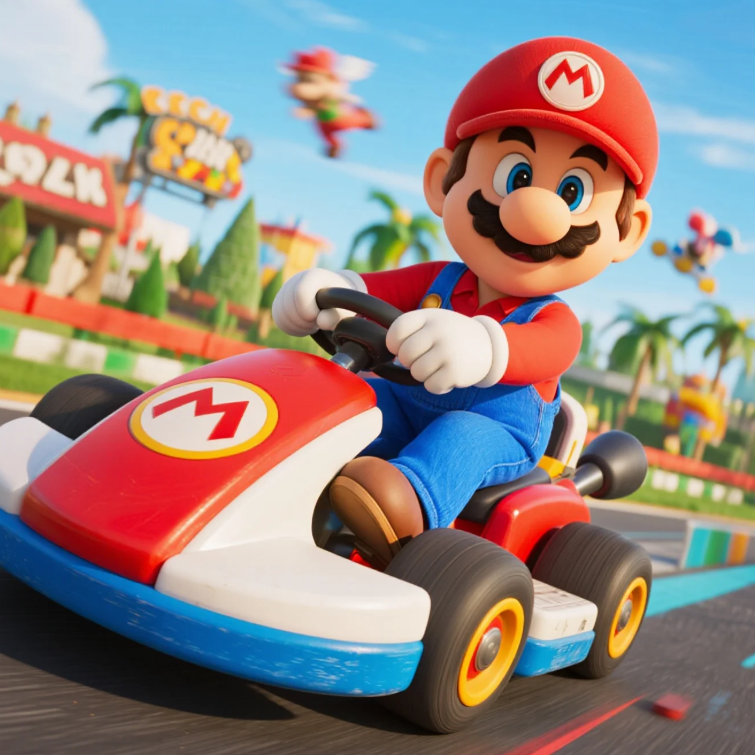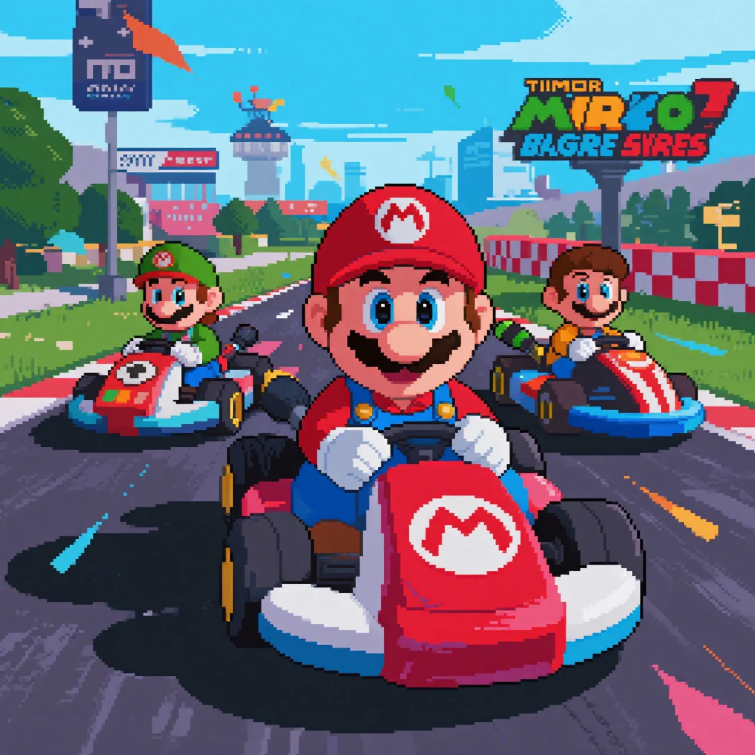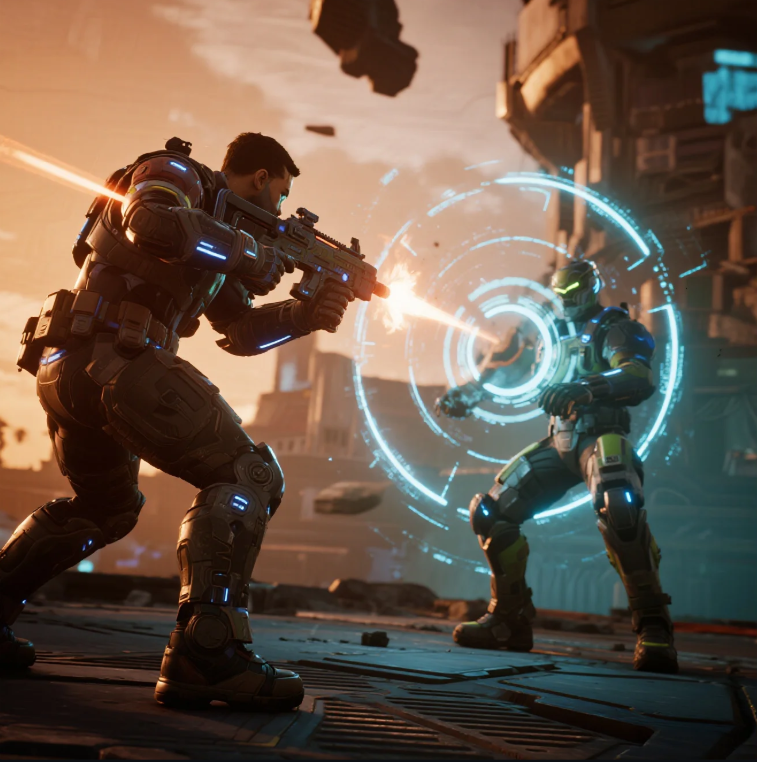
Mario Kart is more than just a racing game — it’s a cultural phenomenon that has captivated gamers for decades with its colorful characters, inventive tracks, and exhilarating multiplayer action. From the pixelated beginnings on the Super Nintendo Entertainment System to the high-definition thrills of the Nintendo Switch, each installment has brought its own flavor to the franchise. But when you line them all up, how do these games stack up against each other? Let’s take a lively tour of every Mario Kart title, highlighting what makes each special, and ranking them based on gameplay, innovation, graphics, and of course, pure fun.

Starting with Super Mario Kart on the SNES, the game that started it all back in 1992, it laid the foundation with its Mode 7 graphics and iconic kart racing formula. Despite its simplicity compared to modern standards, its charm remains undeniable. The game introduced memorable items like the infamous blue shell and set the stage for all future entries. Many players recall long evenings battling friends on split-screen, making it a nostalgic staple for retro gaming fans.
Moving forward to the Nintendo 64’s Mario Kart 64, the franchise took a leap into 3D racing. This version introduced four-player support, enhancing the social gaming experience significantly. Tracks like Rainbow Road and Bowser’s Castle became legendary playgrounds. Its somewhat clunky controls and occasional frame rate drops can frustrate newcomers, but veterans remember the adrenaline rush of mastering its slippery turns. The game’s soundtrack, with its catchy tunes, still resonates with fans.
On the GameCube, Mario Kart: Double Dash!! made waves with its unique two-character-per-kart mechanic, allowing players to swap drivers and items on the fly. This innovative twist added layers of strategy to the racing chaos. The graphics were a significant improvement, showcasing vibrant tracks and detailed characters. Personal stories abound of players coordinating with friends to create the ultimate duo, leading to unforgettable gaming sessions. However, some felt the learning curve was steeper, especially for casual players.
The portable entries brought Mario Kart to handheld gaming with Mario Kart: Super Circuit on the Game Boy Advance and later Mario Kart DS. Super Circuit managed to capture the essence of the series on a small screen, providing great track design and a solid multiplayer experience via link cables. DS, however, raised the bar with online multiplayer and introduced mission modes, enriching gameplay variety. Countless memories involve frantic races on the go, whether on a bus or during family trips, making Mario Kart a companion everywhere.
The Wii era’s Mario Kart Wii is often praised for its accessibility and fun factor, introducing motion controls that broadened the audience. It boasted the largest roster of characters and vehicles to date, alongside extensive track selection mixing new creations with nostalgic remixes. The online multiplayer scene thrived, sparking competitive races and lively communities. Players fondly remember gathering at parties, waving their Wiimotes enthusiastically, laughing as banana peels sent friends spinning.
When Nintendo Switch launched, Mario Kart 8 Deluxe took everything good from its Wii U predecessor and polished it to perfection. Stunning HD graphics, tight controls, and a wealth of content make it the go-to Mario Kart experience today. The addition of a battle mode that finally felt balanced and enjoyable was a huge plus. Whether playing solo, with family, or competing online against gamers worldwide, this game continues to bring joy to players young and old.
Each Mario Kart game brings its unique twist to the table, balancing nostalgia and innovation. From the pixel art of the early days to the lush, detailed environments of today, the franchise remains a staple in competitive and casual gaming alike. The shared experiences of racing against friends, shouting at surprising item drops, and the thrill of last-second overtakes are universal.
Beyond gameplay, Mario Kart titles have influenced gaming culture profoundly. The blue shell has become a symbol of unpredictable fun, and the series’ blend of skill and chaos sets it apart. As players, we often find ourselves not just racing but creating stories — of epic comebacks, friendly rivalries, and joyous celebrations.

Whether you prefer the raw charm of the first Mario Kart or the polished mechanics of Mario Kart 8 Deluxe, the series continues to capture hearts and inspire laughter. As we await future installments, revisiting these classics reminds us why Mario Kart remains a beloved part of gaming history.
![]()


